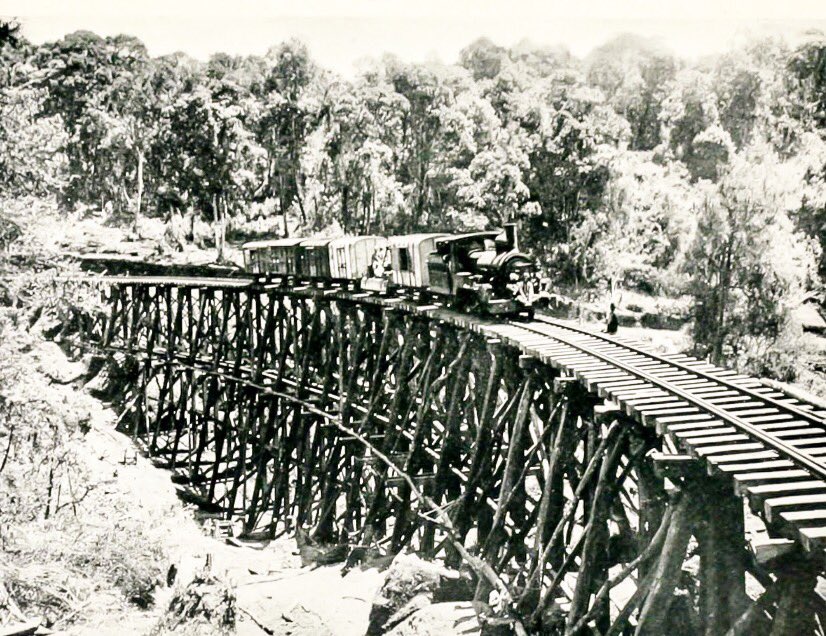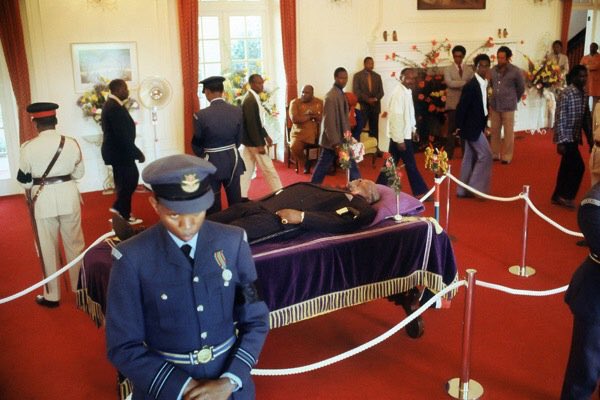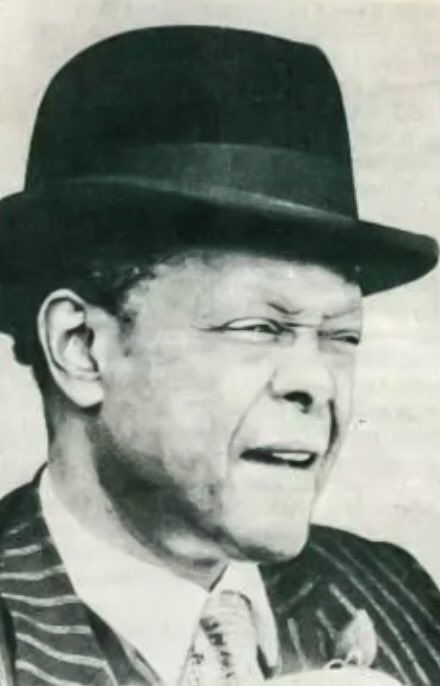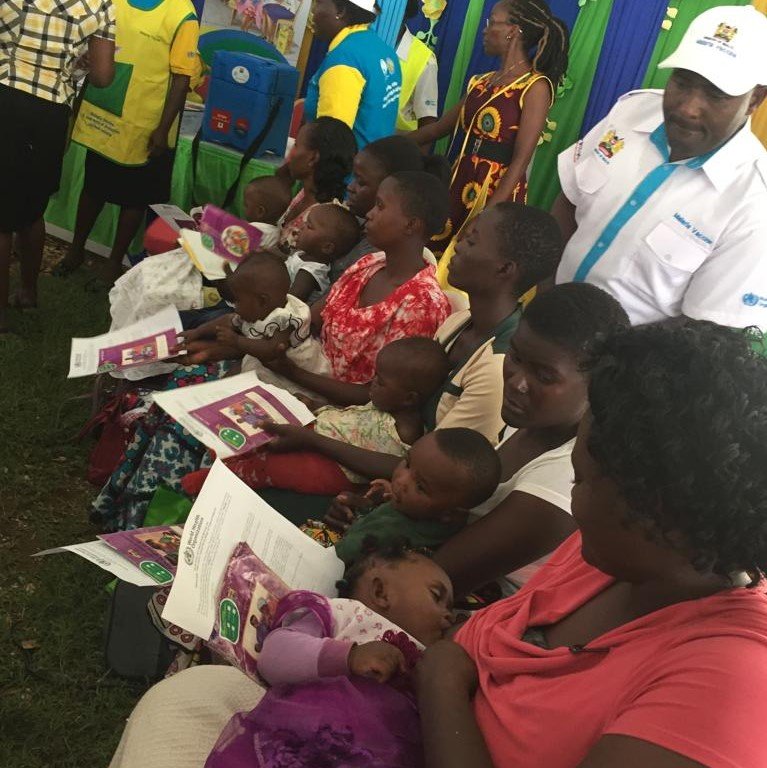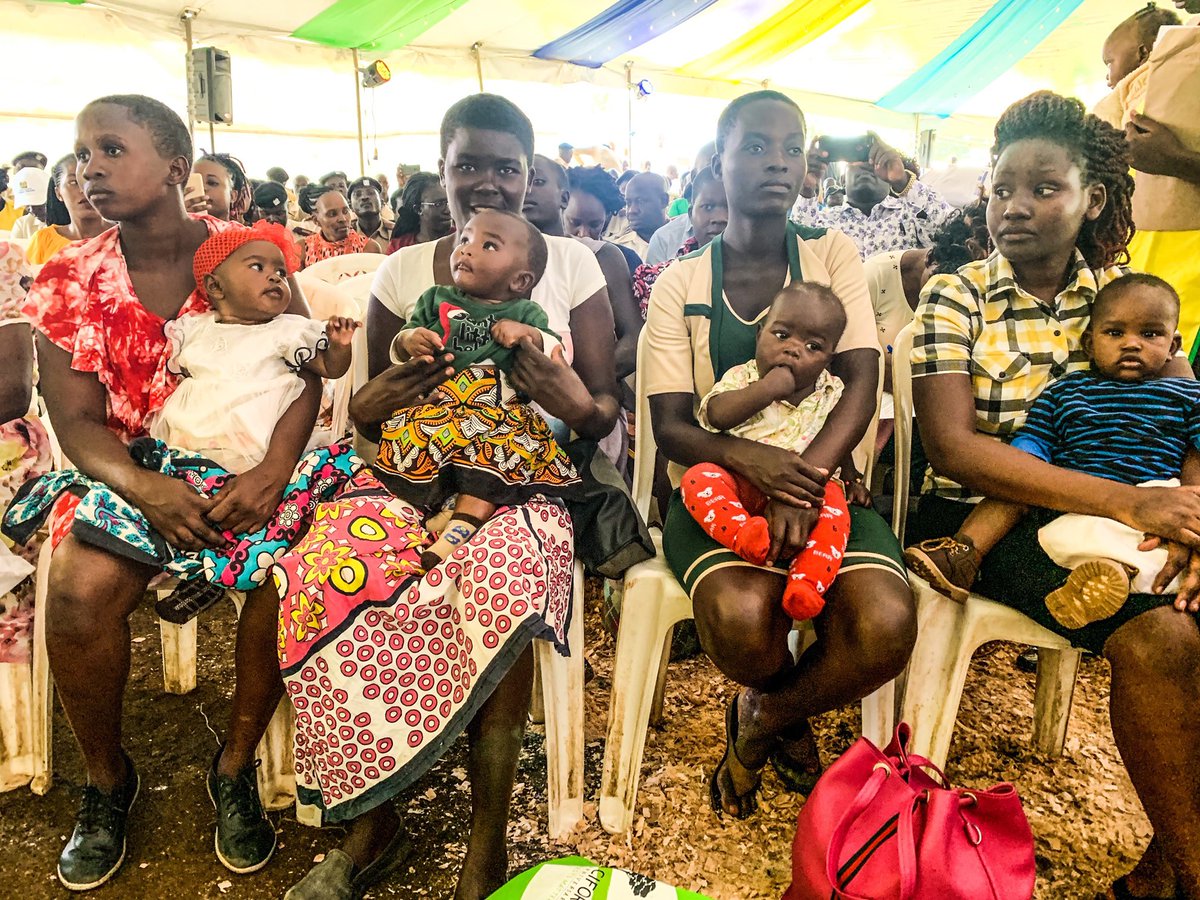As the end of World War 1 approached, about a quarter of the world’s population, estimated at about 500 million, caught a debilitating bout of a flu-like disease.
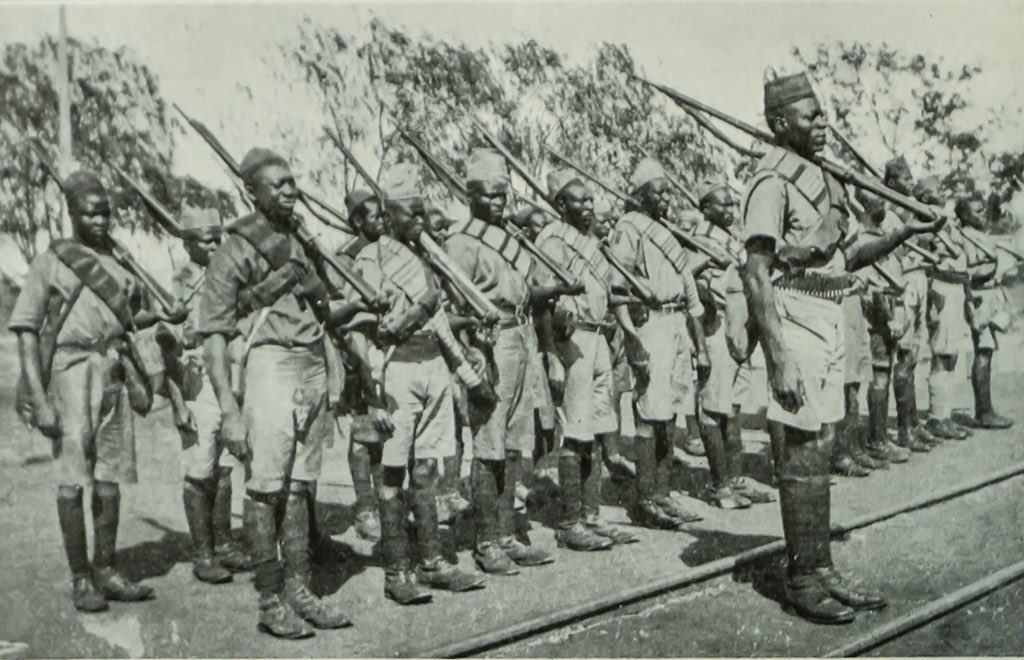
Between 20million and 100million people succumbed to it in the years from 1918 to 1919.
In Africa, East Africa was one of the continent’s deadliest hotspots of the pandemic.
Health and sanitation indicators painted a bleak picture.
This is a killer pandemic. Imagine the dependency ratio it will leave in its wake. We need to continue breathing.








